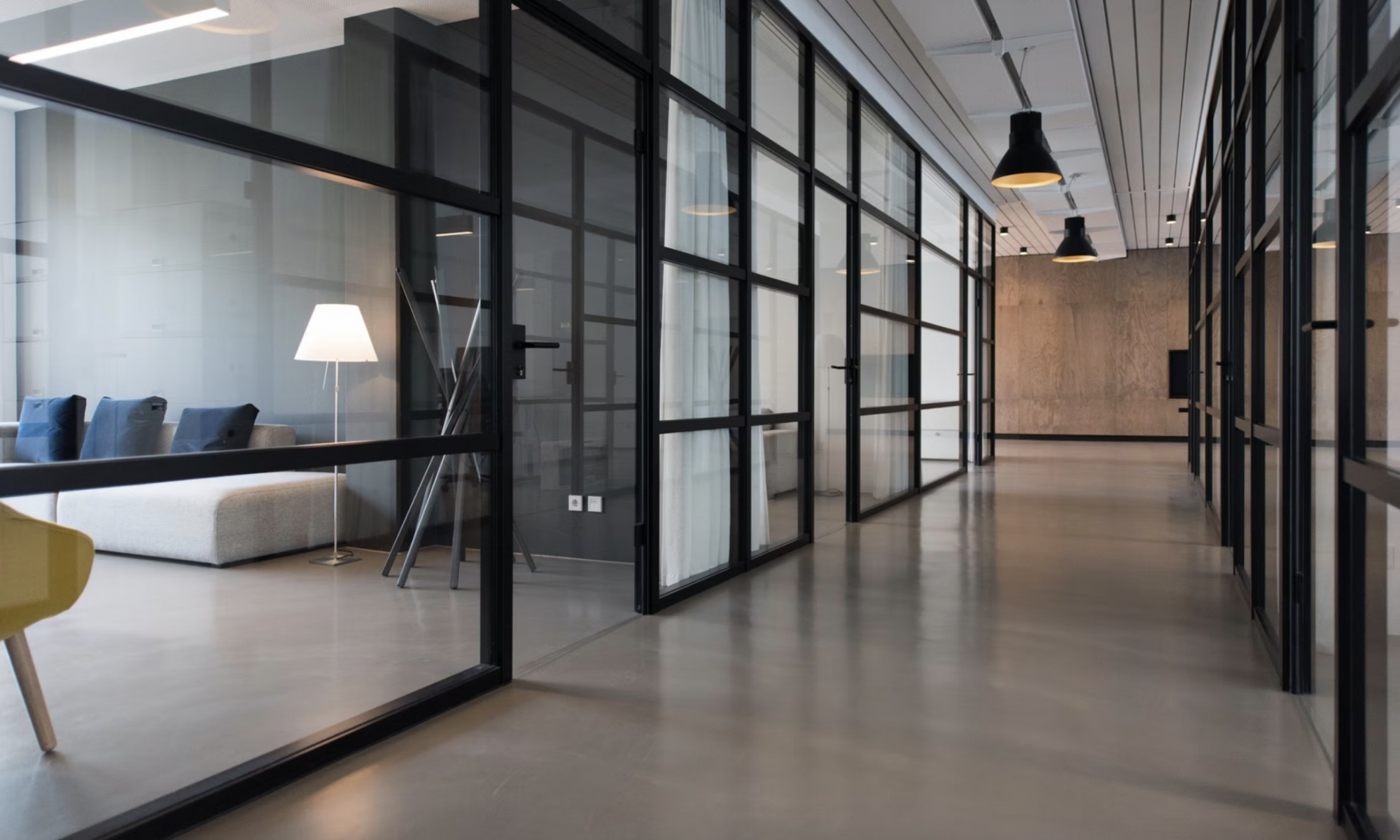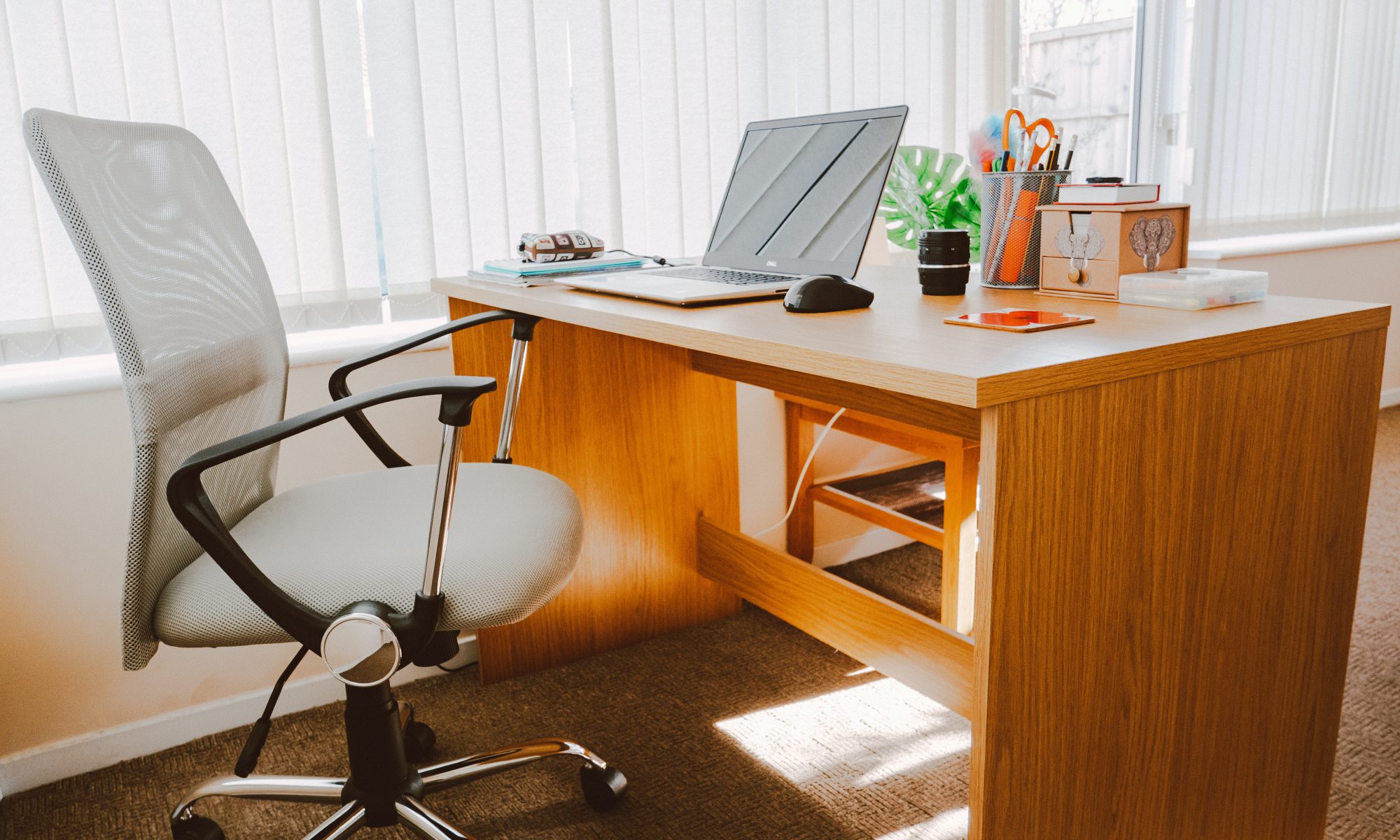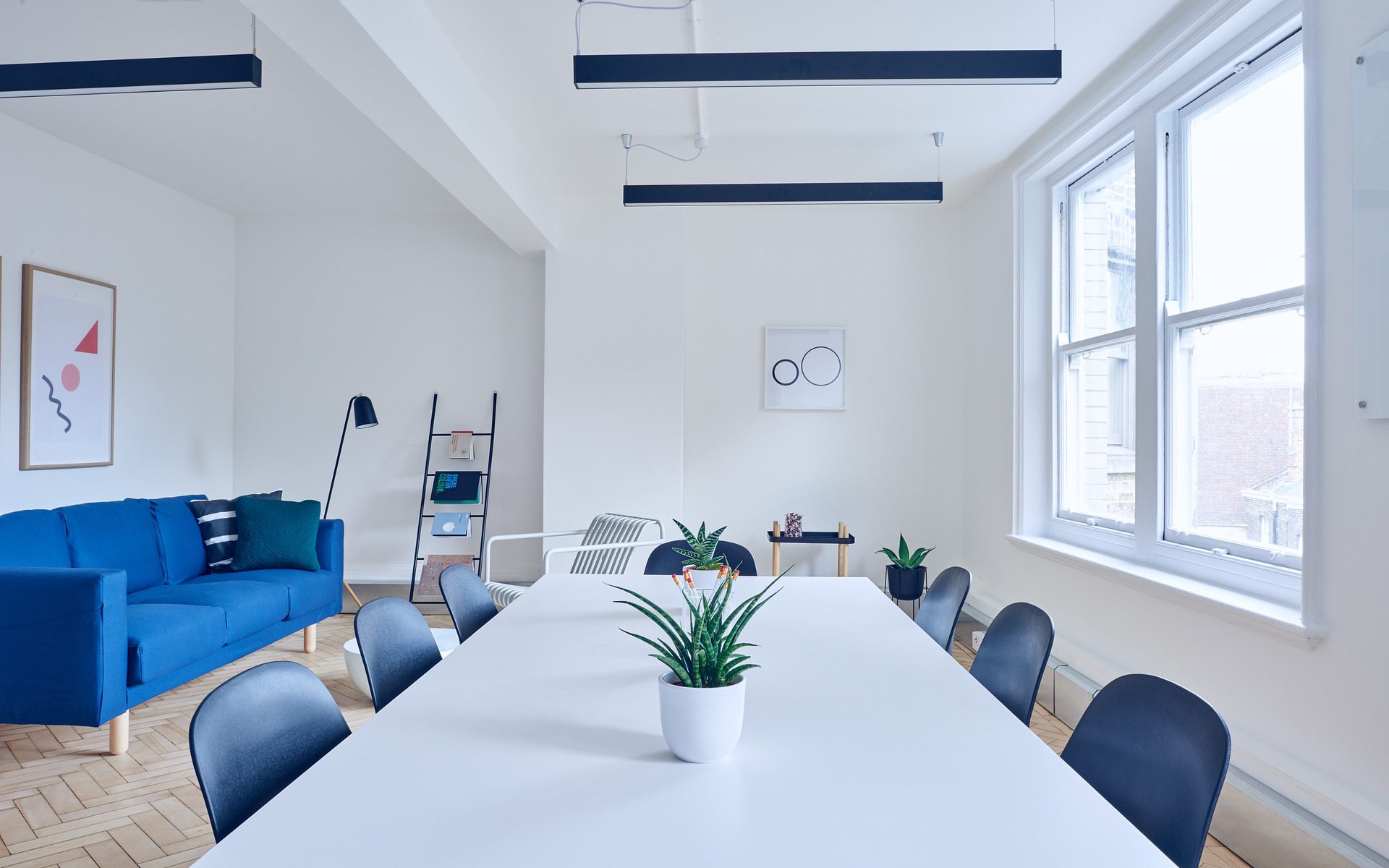Mental health has always been important, but the need for supportive and empathetic workplaces has increased with the pandemic and the transition to unconventional work environments. Poor mental health can directly affect productivity and job satisfaction, which can lead to burnout and turnover.
With a record 4.5 million Americans quitting their jobs during the Great Resignation, it’s clear that people are more than willing to find new companies that support their needs. To retain top talent, companies must take care of their employees.
Now is the perfect time to revamp your company’s work culture and make it more focused on the emotional well-being of your employees. Here are a few ways you can start.
Recognize Your Employees
Sometimes supporting your team’s mental health is as simple as recognizing them for their hard work. Recognition is one of the lead drivers of employee satisfaction, which can lead to higher productivity levels. In fact, in a recent survey, 80% of employees claimed they would work harder if they felt they were being adequately recognized for their efforts.
Employee recognition often gets overlooked in the workplace, and when neglected can have a significant impact on your work culture. Making sure employees feel appreciated and valued for their contributions to the company can increase their overall satisfaction and engagement.
This can be in the form of a shoutout, award, fun event, catered lunch, etc. Offering positive reinforcement and showing gratitude to your employees can boost their morale and create an environment that values mental health.
Provide Financial Education
Finances are often a major cause of stress, resulting in poor mental health. Employees of all ages face various financial challenges, which have only been amplified by the effects of the pandemic and current events. For most people, their single job is their only source of income, which makes financial literacy even more important.
Although not directly tied to work, financial stress can still disrupt your team’s focus and productivity. It’s important to give employees proper education and resources to manage these hardships to foster a supportive work culture that values mental well-being.
This can be as simple as setting up a financial wellness program, where employees can gain the knowledge and resources they need to alleviate money struggles and fulfill financial goals. If a remote employee is looking to relocate closer to the office, a financial wellness program can help them figure out credit score requirements for a home. Similarly, if an employee has student debt, a financial program can help them create an action plan to help give them proper guidance to pay it off. Programs like this are a great way to provide employees with the help they need to lower stress and increase productivity, without breaking the bank.
Encourage a Healthy Work-Life Balance
Work-life balance is a vital part of a company’s culture and can also have a significant impact on employee mental health. Making sure employees aren’t overworked and have time to enjoy themselves outside of the workplace is key to supporting their emotional well-being.
Offering flexible working hours, remote or hybrid work options, and encouraging your team to use their PTO are all effective ways to promote a healthy work-life balance. These initiatives will allow employees to focus on their needs and mental health without feeling overwhelmed by work.
Offer Ways to Destress
Stress in the workplace is often inevitable, no matter what job you have. However, too much stress can be overwhelming and can quickly lead to burnout.
To help employees cope, offer them ways to de-stress during the workday. This could be creating quiet spaces and game rooms, offering meditation or fitness sessions, or giving them walk breaks during the day. Offering employees easy access and opportunities to clear their heads in the workplace can help lower stress levels and feelings of burnout.
Incorporate a healthier work environment, whether it be fixing the office or giving employees a stipend to improve their work from home set up, to help promote a comforting work atmosphere. Increasing natural light, decorating walls with calming colors and designs, and providing ergonomic workspace options are great ways to create a healthier office environment. Although small, these efforts can show you care about your employees and value their mental health.
Take the time to listen and understand your employee’s needs. Once you’ve taken everything into account, you can facilitate a plan of action to create a supportive work environment. In the end, having a positive company culture doesn’t just help your employees, it helps your company as well.



